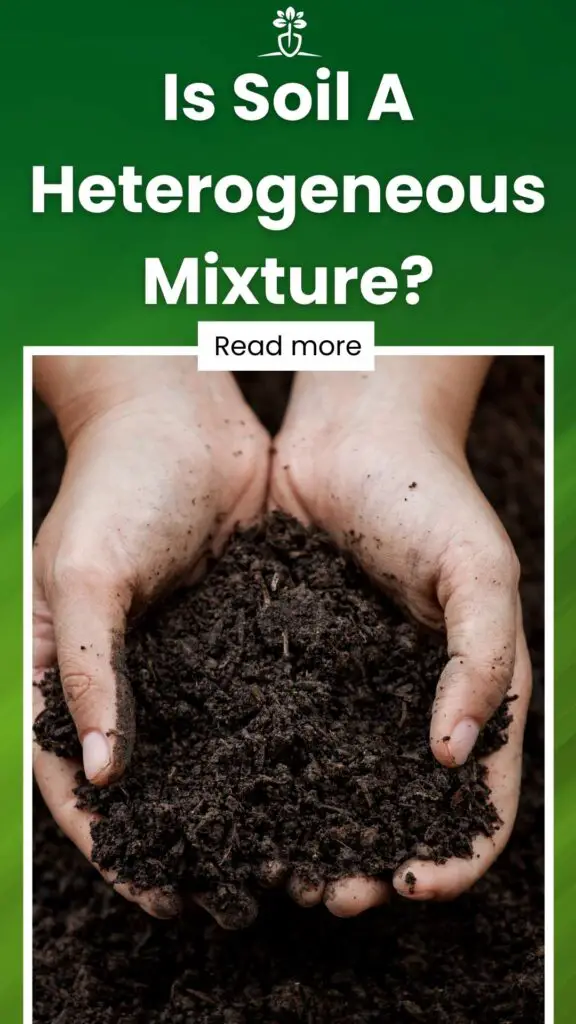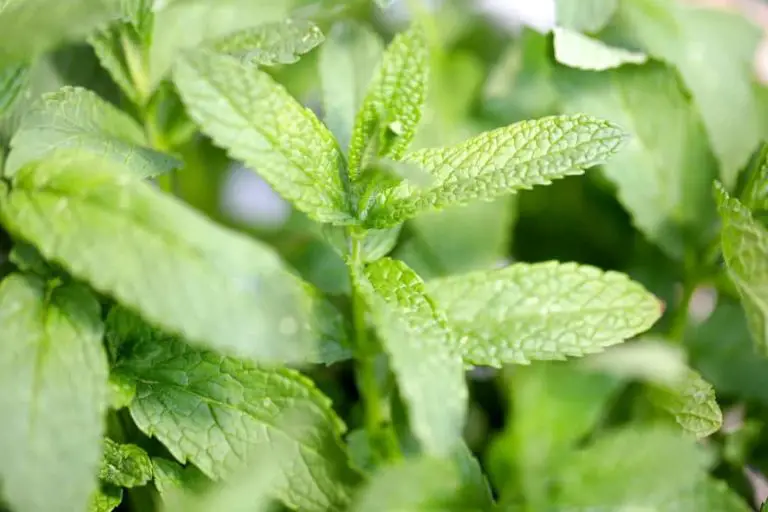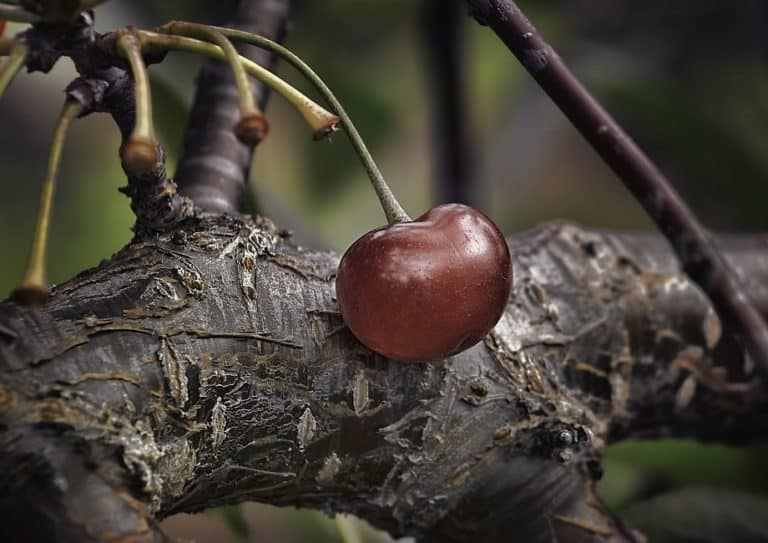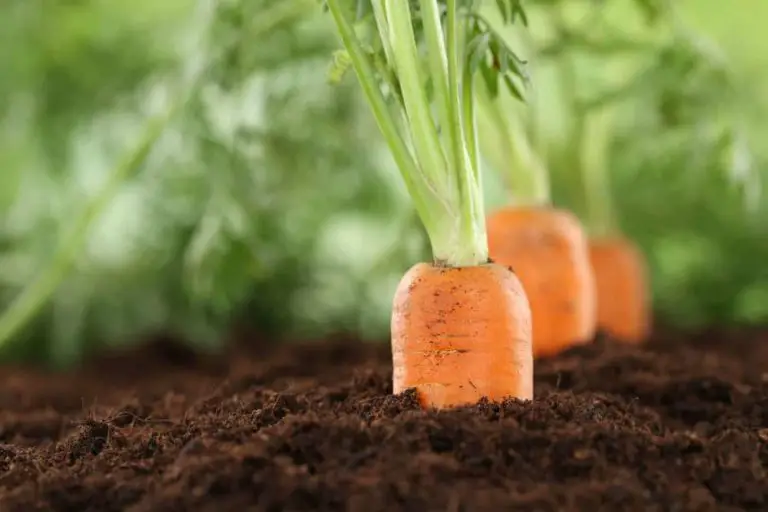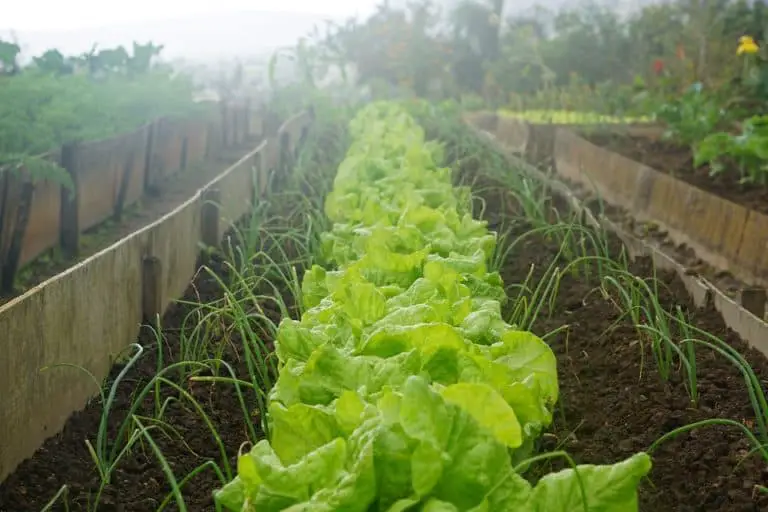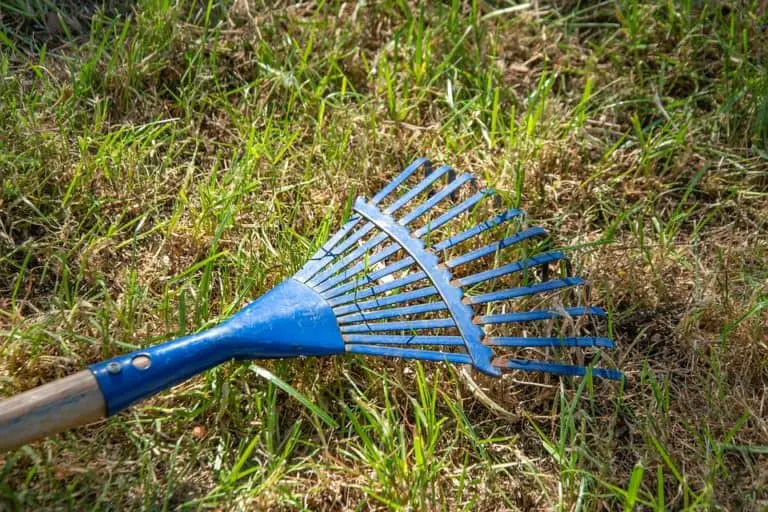Is Soil A Heterogeneous Mixture?
Whether you’re a keen gardener already or you’re a complete beginner, understanding the nature of soil is very important. In fact, when it comes to growing plants, soil is probably the most important substance you need to consider.
It will determine the nutrients that your plants receive, how quickly they receive them, and how comfortable they are throughout the seasons.

To learn more about soil, check out the info-packed guide below. We cover everything, from the science behind soil to why this matters for you and your garden.
We also discuss the four most common types of soil and what plants grow best in them, so that you can understand your garden better!
Check it out!
Contents
What Is Soil?
The term “soil” comes from the Latin word solis, meaning “ground”. In English, we use the terms “earth”, “land”, or “ground” to refer to the same thing. Whilst you might understand soil as just the dirt that you use to pot your plants, it is so much more than that.
Soil is the living and nonliving part of the earth’s surface that contains all organic matter, including roots, microbes, and decaying plant material.
It also includes minerals such as sand, silt, clay, and humus. Soil is present over nearly all of the earth’s surface, however, its constitution will vary considerably.
The nonliving aspect of soil is formed when forces of nature break down rocks into fine particles. This process can take an extremely long time. In fact, forces such as water, wind, and heat work to transform rocks into the soil as we know it over thousands of years.
Mixtures And Compounds
Before we understand whether soil is a heterogeneous mixture or not, it is necessary to understand what exactly matter, pure substances, mixtures and compounds are.
What Is Matter?
In simple terms, matter is what makes up everything we know. It is any substance that has a mass and takes up space. It can come in liquid, solid, or gas form.
Matter makes up all things, from the chair I’m sitting on to the water I am drinking to the air I am breathing, and (literally) everything in between.
Combinations And Pure Substances
Matter can be made up of pure substances or as combinations of those substances. Pure substances are known as elements, and there are currently thought to be 118 existing elements. There are millions and millions of combinations.
Mixtures VS Compounds
Mixtures and compounds are types of combinations. They are both made up of a number of different pure substances.
However, there are a few differences between the two. Specifically, mixtures and compounds combine their pure substances in different ways and they tend to have different properties.
Mixtures
The quantities and proportions of the substances that make up mixtures aren’t fixed, they are changeable.
Also, such substances are physically combined, and they maintain their individual properties after being combined. As such, you can also separate mixtures using physical methods, such as filtration.
Compounds
Contrastingly, compounds are made using fixed amounts and proportions of pure substances. When these substances combine to form a compound, the properties held by each individual substance are lost.
To separate compounds into their pure substances, chemical methods are required, such as electrolysis.
Is Soil A Mixture Or A Compound?
As you might have already guessed, soil is a mixture. Soil maintains all of the properties of a mixture, and the constitution of soil varies considerably across the world. In fact, there are over 100 types of soil, and each of them maintains a different physical combination.
Heterogeneous And Homogeneous Mixtures

Now that we understand the difference between a mixture and a compound, it is necessary to explore the differences between heterogeneous and homogeneous mixtures.
Homogeneous Mixtures
Homogeneous mixtures have a uniform composition. For instance, consider sugar water. If you dissolve a spoonful of sugar into some hot water, this constitutes a homogeneous mixture, because all of the particles are of the same size and uniformly distributed throughout the mixture.
In homogeneous mixtures, only one phase of matter is present. For instance, when you mix the sugar and the hot water, you are not left with both a solid and a liquid.
Rather, the resulting mixture is simply a liquid. If you have two phases of matter present in a mixture, that mixture isn’t homogeneous.
Heterogeneous Mixtures
Heterogeneous mixtures have varying forms of composition. Heterogeneous mixtures are not uniform, and they can also have localized regions with varying properties. This means that different samples from the mixture may not be identical to each other.
Heterogeneous mixtures must be made up of at least two phases of matter. For instance, consider the mixture produced by combining milk and cereal.
There are two phases of matter (liquid and solid), and the mixture is not uniform. As such, this combination is a heterogeneous mixture.
Is Soil A Homogeneous Mixture Or A Heterogeneous Mixture?
Now, we can finally answer your burning question. Although, if you’ve understood everything we’ve discussed so far, you likely already know the answer. Considering the definition of heterogeneous and homogeneous, soil has to be a heterogeneous mixture.
As previously discussed, soil is a mixture of living and non-living matter. The non-living matter is made from the weathering of rocks.
As such, the particles from this aspect of soil’s constitution will vary considerably, depending on the weathering process.
Soil also includes living matter and organic matter, such as air, water, roots, microbes, etc. Depending on where the soil is formed, the types of living and organic matter present within the soil will vary significantly in type and proportion.
Additionally, the constitution of soil includes at least two different phases of matter. For instance, soil may include air (gas), water (liquid), and rocks (solid). In turn, it is clear that soil cannot be considered a homogeneous mixture.
Why Does It Matter?

If you’re just here because you love gardening, you might wonder, why on earth does it matter whether soil is a heterogeneous or homogeneous mixture?
Well, even though it might be unnecessary to understand the specifics, soil heterogeneity can have a direct impact on your garden.
The fact that soil is a heterogeneous mixture essentially means that the soil in your garden is likely to be different from the soil in my garden.
In turn, the soil in your garden might be more well-suited to growing roses than the soil in my garden, due to its constitution.
If you’ve ever tried to grow a plant but had little success, even though the same plant appears to be thriving in your neighbor’s yard, soil heterogeneity may be the reason. Their soil may simply be more appropriate for the given plant.
In turn, understanding soil heterogeneity allows you to take steps to ensure that you are attempting to grow plants that will work well with your particular soil.
To give you a helping hand, we’ve listed the four most common soil types below and the plants that enjoy their particular constitution.
Sandy Soil
Sandy soil has the largest-sized particles. It also feels much more gritty and dry than other types of soil. It tends to warm up very quickly in the springtime, and it is a very lightweight type of soil.
Additionally, it is an incredibly well-draining soil, which is ideal for plants that don’t enjoy sitting in excess water.
However, this can also be a downside. This soil can drain too quickly, leaving little time for the plant to soak up nutrients and retain the necessary amount of moisture. If you have sandy soil, adding organic compost can improve the quality.
Plants that do well in sandy soil:
- Tulips
- Hibiscus
- Potatoes
Clay Soil
Clay soil holds a lot more water than other types of soil. This is because the particles in clay soil are packed very tightly together. For this reason, clay soil doesn’t drain very quickly, and as such, it tends to hold on to nutrients for longer.
However, this can also cause problems for plants, particularly those that need well-draining soil. It also tends to warm up and harden very quickly over the summer, making it quite tricky to work with.
However, if you can figure out how to use it to your advantage, this soil can actually be amazing for many plants.
Plants that do well in clay soil:
- Perennials
- Fruit Trees
- Ornamental Plants
Silty Soil
This type of soil is made up of very small particles and has a much smoother feel than sandy soil. In fact, silty soil is almost like a clay and sandy hybrid. It retains water more than sandy soil but less than clay soil.
Plants that do well in silty soil:
- Most vegetables and fruits
- Perennials
- Grasses
Loamy Soil
This type of soil is a mixture of the three types above. Most gardeners use loamy soil. It is very easy to maintain and requires few changes or additions. However, this doesn’t mean that you shouldn’t alter the nature of your loamy soil if it isn’t working for you and your garden.
Plants that do well in loamy soil:
- Most vegetables
- Shrubs
- Berries
- Bamboo
Final Thoughts
Soil is a complex thing. There are so many different factors that go into its composition, including things like pH levels, drainage, nutrient content, and temperature.
When you’re trying to decide what kind of soil you should purchase for your garden, it is necessary that you understand exactly what you and your garden needs. We hope this article helped clear things up for you!
